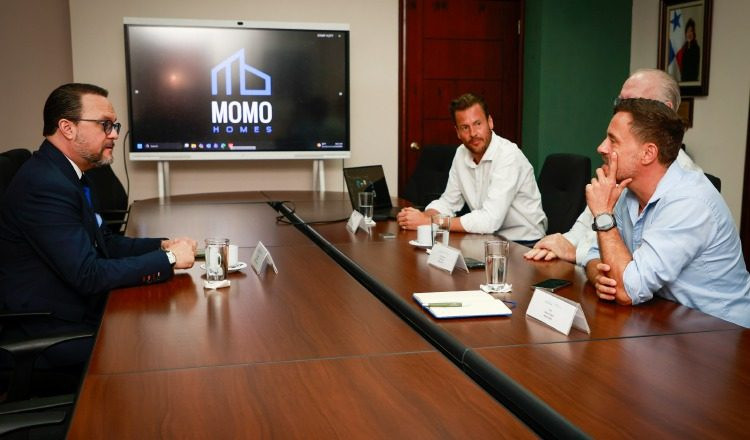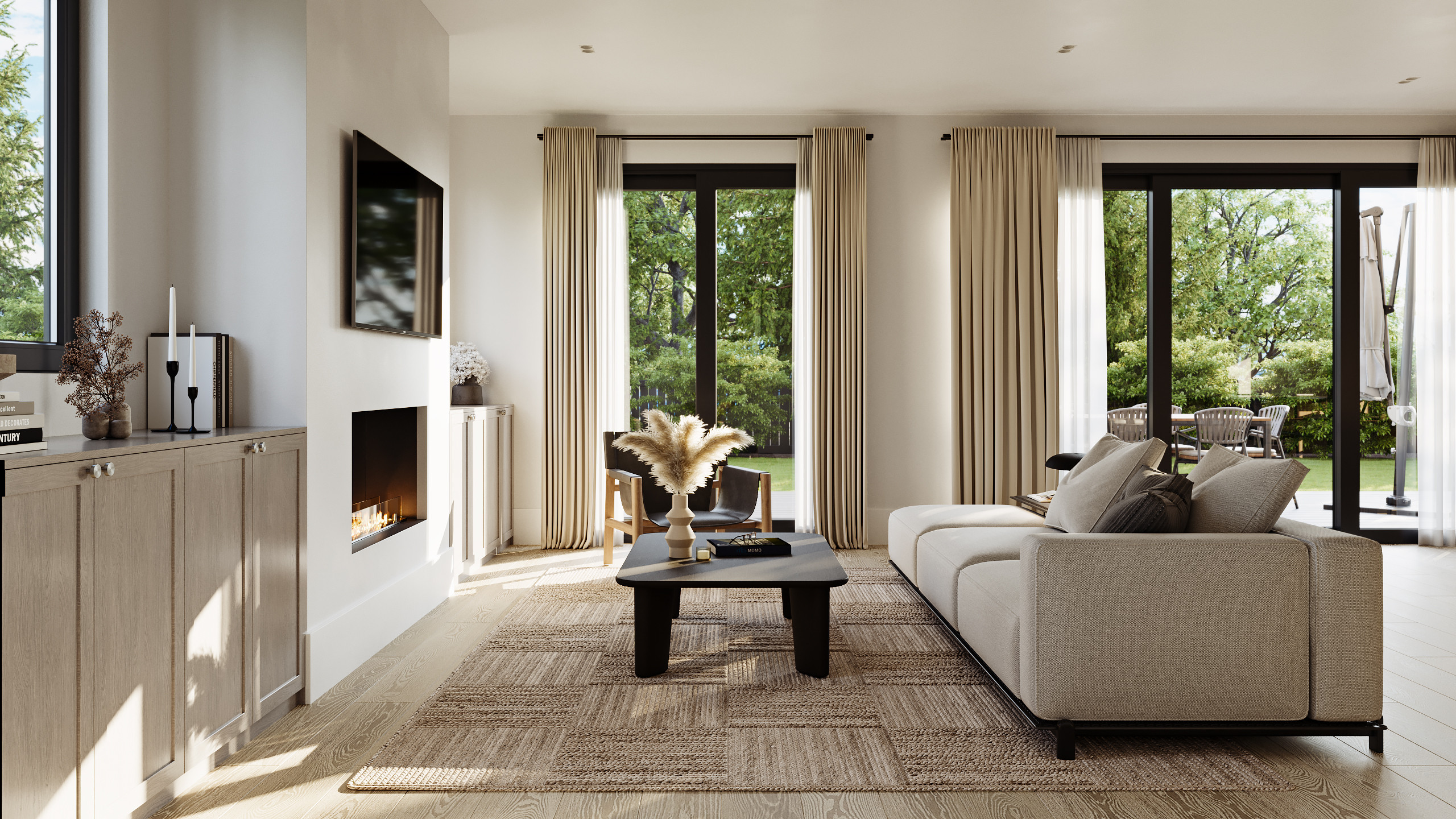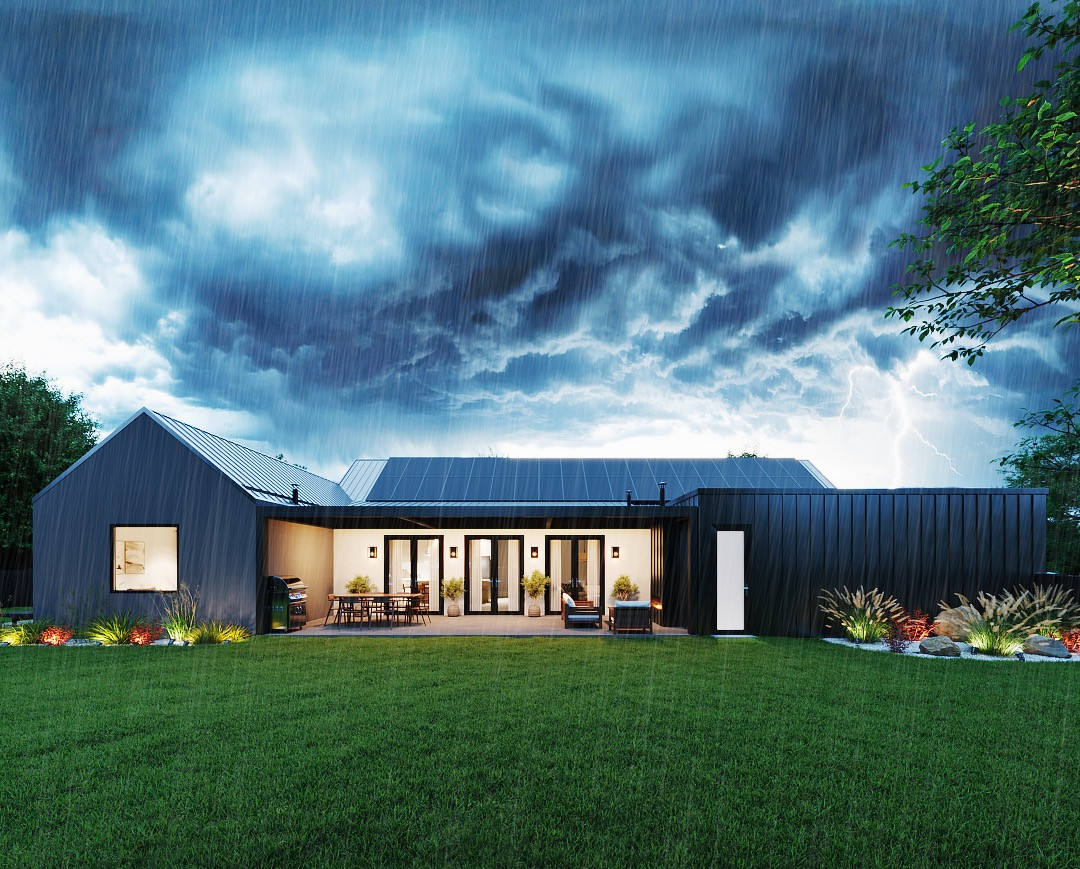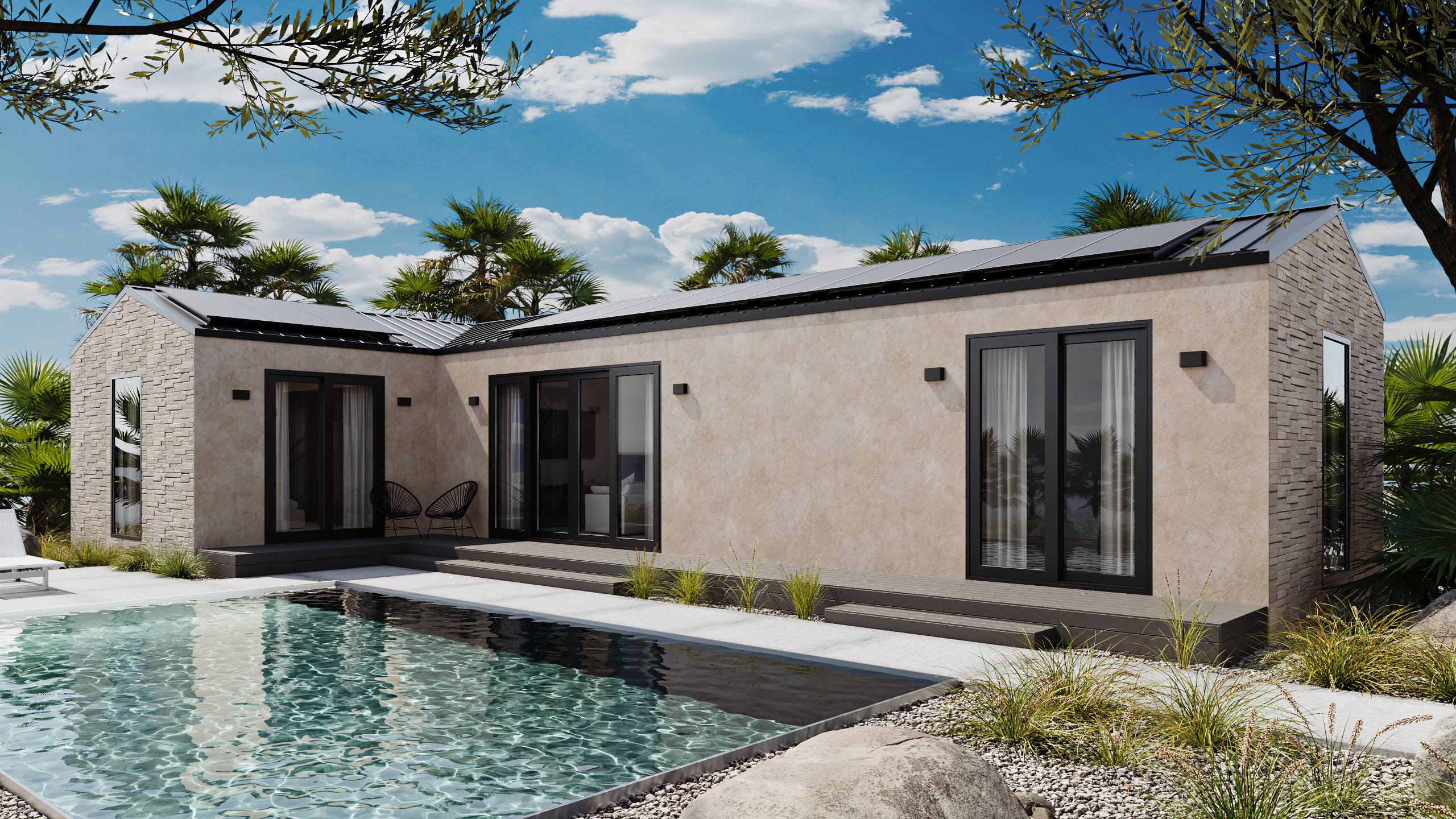Nothing matters: An intro to zero-waste design
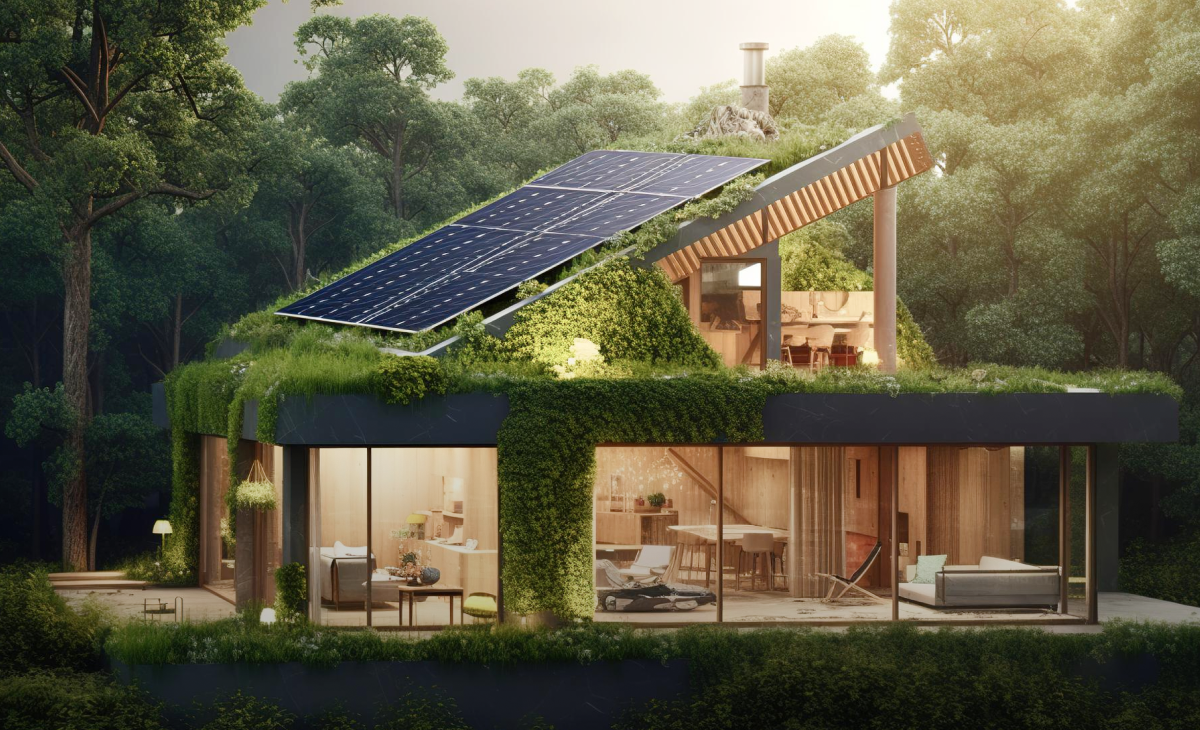
Sometimes nothing is everything.
Take zero, for example, which isn’t even really a number. It’s like, less than a number. But zero can have a bigger impact than any number, in the right context.
Take construction, an industry that creates a third of the world’s waste and about 40 percent of its carbon emissions.
According to the EPA, contractors and crews fill construction and demolition landfills with stuff like asphalt, demolition debris, and site clearance waste, alongside cast-off building materials like concrete, bricks, and wood.
It’s an industry ripe for a new approach to nothing.
Introducing zero-waste design
The zero-waste movement crosses industries and manufacturers, but is gaining traction among homebuilders and contractors looking to cut their carbon footprints and create homes that contribute to and thrive in a more sustainable future. The kind of future (and homes) we all want to live in.
And architects, designers, and homebuilders are in a good position to cut waste before it even gets to the construction site.
What’s so big about zero?
First, let’s be clear about some fuzzy phrasing: zero-waste doesn’t mean zero waste. It’s more about minimizing the waste that is produced and then finding ways to reuse and convert it into useful resources.
Here are five common principles of the zero-waste design movement:
- Waste Prevention optimizes the usage of materials, choosing efficient construction techniques and minimizing waste during design and construction.
- Resource Efficiency makes the most of available resources with products, buildings, and spaces designed to use materials and energy efficiently.
- Circular Economy keeps resources in use for as long as possible by maximizing their value through reuse, recycling, and recovery. Homebuilders contribute to this economy by focusing on the use of easily recycled or repurposed materials.
- Adaptability and Flexibility in space and structure design ensures they can be easily repurposed or modified as needs change, to extend the useful life of a building.
- Lifecycle Thinking considers the full life span, from extraction to disposal, of materials to minimize waste and consumption of resources.
What’s one real-world approach to zero waste?
Panelization is one method homebuilders are using to get closer to zero.
Panelized homes are made from components manufactured in climate-controlled factories. The components are then shipped to the jobsite and assembled by a small crew of non-specialized workers.
The Structural Building Components Association conducted two experiments in 1995 and 2015, as part of their Framing the American Dream project.
In both experiments, they constructed two homes: one was entirely stick-framed, and the other was framed using structural components, including roof trusses, wall panels, and floor trusses. “Structural building components,” by the way, are defined as custom-designed and built in specialized manufacturing environments, then delivered to the jobsite where framers install them along with permanent bracing to create the overall structural system.
Their conclusions?
- Stick framing a structure required 25% more wood product than framing it with structural components.
- Stick framing generated 30 times more jobsite waste than framing with structural components.
- The stick-framed house required 373.5 hours of person hours to complete. The component-framed house required 152.1 of hours to complete—less than half the time.
At Momo, we’re big on zero
Our architects work hand-in-glove with engineers and designers to create (gorgeous) homes that follow zero-waste design principles.
From factory-finished and fully recyclable framings and footings to multiple solar energy options, every element of our homes has sustainability, impact, and cost in mind.
Let’s start subtracting.
Cheers,
Mike
Mike McAllister is head of story for Momo Homes.
Track the global transition to sustainable homebuilding.
Subscribe to the Momo Focus newsletter.

